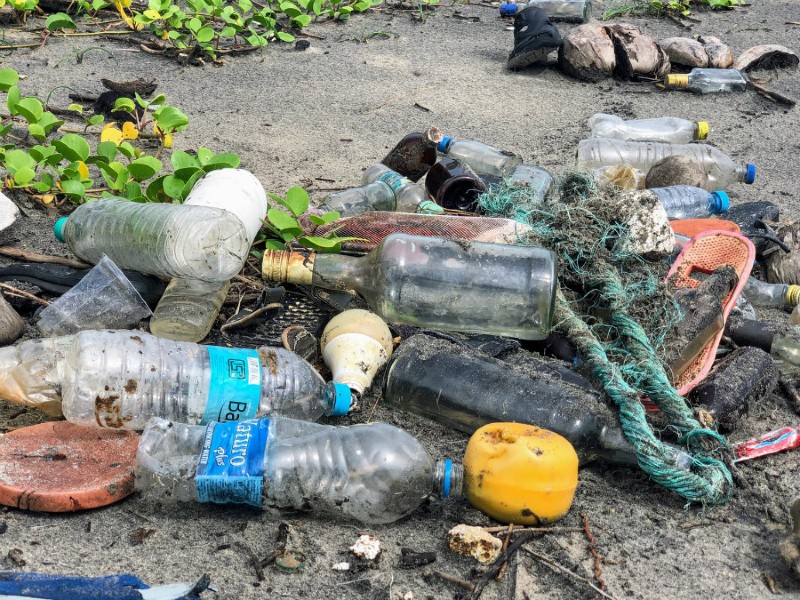India is likely to impose a nationwide ban on plastic bags, cups, small bottles, straws and some types of sachets next month as part of Prime Minister Narendra Modi’s efforts to reduce use of pollution-causing, single-use plastic.
What is single-use plastic?
Single-use plastics are often referred to as disposal plastics (read that as products that are meant to withstand a single-use like a sachet). These are used for packaging and include items intended for use only once. The European Union, for instance, describes ‘single-use plastics’ as plastics as products made of plastic such as cotton-bud sticks, cutlery, plates, straws, sticks for balloons, cups, food, beverage containers made of polystyrene and products made of oxo-degradable plastic, etc.
Industry gives a different definition. “We consider 100 per cent recyclable material with thickness greater than 50 microns and a minimum 20% recycled content as non-single use plastic,” says an Amazon India spokesperson. That implies plastic below 50 microns with less than 20 per cent recycled content makes for single-use plastic.
Which products are made of single-use plastic?
The most common single-use plastics found are carry bags, plastic drinking bottles, plastic bottle caps, food wrappers, plastic grocery bags, plastic sachets, plastic wrappers for consumer goods, multi-layer packaging used for food packing (e.g. chips packets), straws and stirrers, other types of plastic bags, and foam takeaway containers. Main polymers used for producing single-use plastics are HDPE, LDPE, PET, PP, PS, and EPS.
How big is the plastic industry?
Hiten Bheda, Chairman of the Environment Committee of the All India Plastic Manufacturers Association, says India’s plastic industry recorded an annual revenue worth Rs 3.5-lakh crore in FY19. This was spread across 50,000 processing units, the bulk of these being small and medium enterprises. It is one of the fastest-growing industries in India as it sees its fortunes linked to the growth of every other industry. These units, according to Bheda, consume around 22 million metric tonnes per annum of plastic raw material, including recycled plastics (roughly about 8 million metric tonnes recycled plastic). Besides, some part of the total raw plastic material is also exported — it was to the tune of around $4.5 billion in FY19, while the exports of processed plastic products were at around $6.5 billion, says Bheda. On the share of single-use plastics, he says, while the exact share of single-use plastics is difficult to estimate, it could be less than 10 per cent of the total plastic processed by these 50,000 odd units.
Which industries use single-use plastic?
FMCG companies; air conditioner, fridge and other consumer appliance manufacturers; e-commerce; hospitality; and restaurants. Also, small retail shop owners and grocery stores use single-use plastic for product delivery.
What are the alternatives to single-use plastic?
There are alternatives such as glass, paper and cardboard. But, they too leave a significant impact on the environment. While paper means cutting trees, glass leaves a significant carbon footprint and consumes a lot of power. Other elements that need to be looked into are recycling rate, safety, weight, transportability and affordability. Also, there are some products wherein there is no clarity on the alternatives. For instance, many in the industry are not aware of any direct alternative to BOPP films that has high transparency and is considered a good barrier to moisture and is, therefore, used to cover a product.
How many states have already banned single-use plastic?
While most states — around 18 — have banned plastic carry bags, select states like Maharashtra, Tamil Nadu, Odisha, Madhya Pradesh have also banned ‘one-time use and throw away plastic items’ like cutlery, plates, cups, straws, etc.
